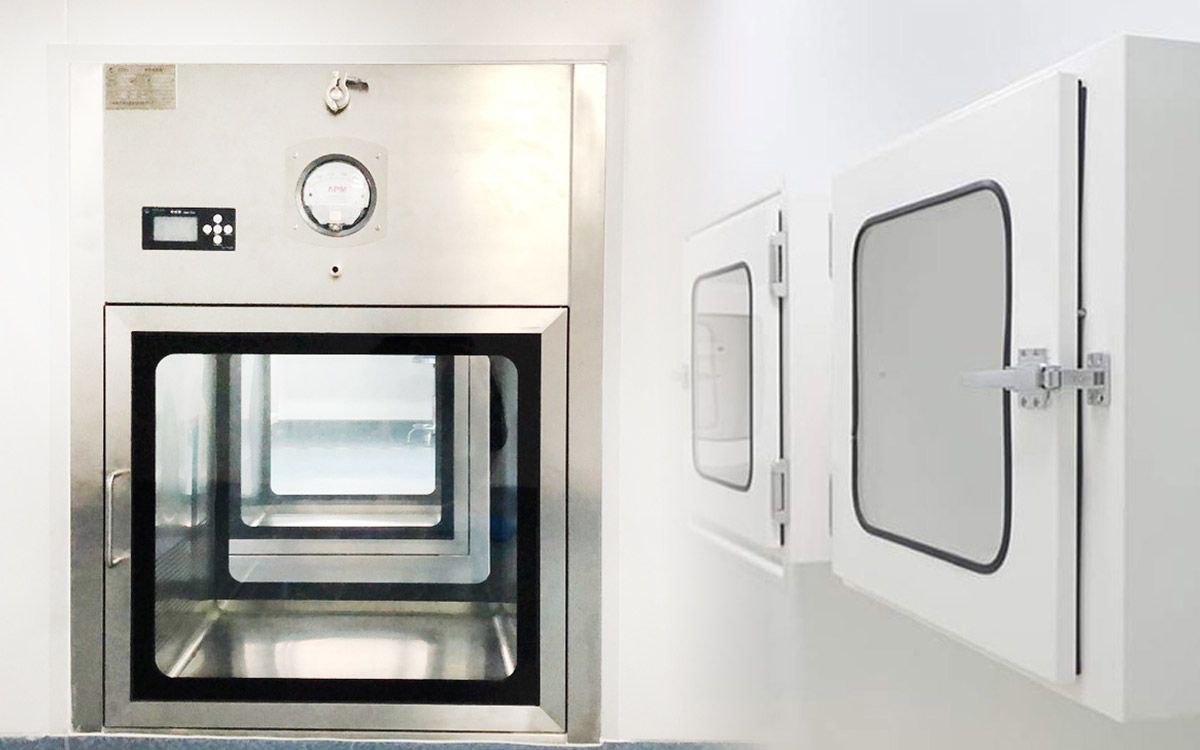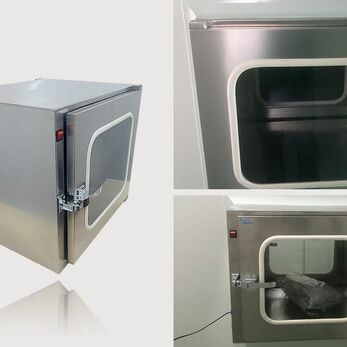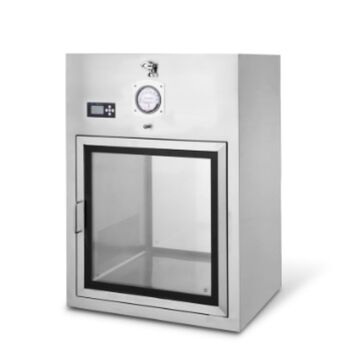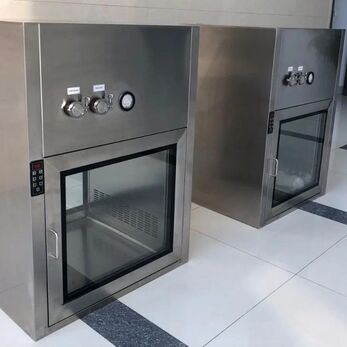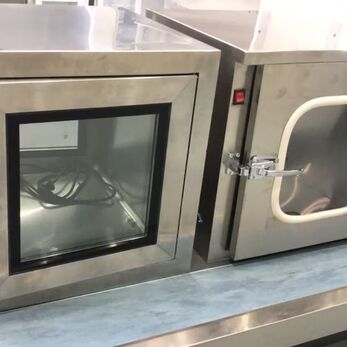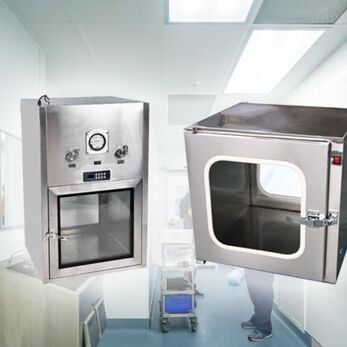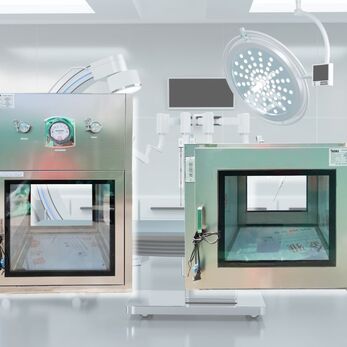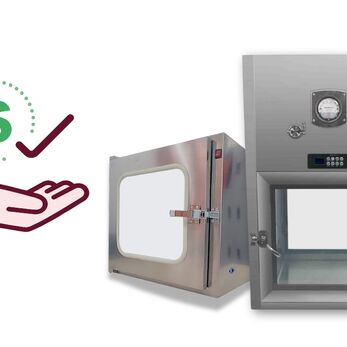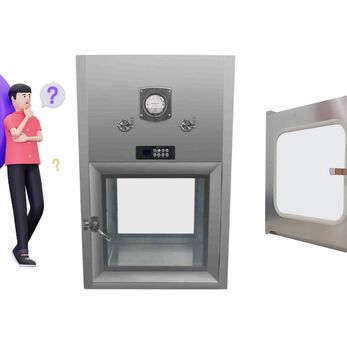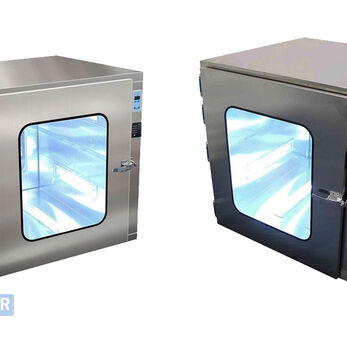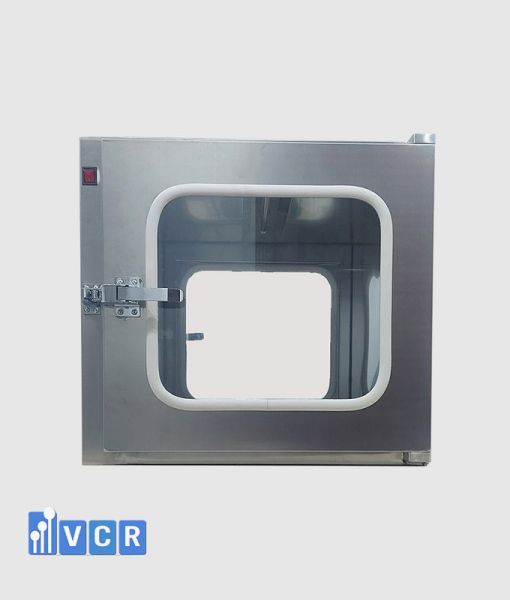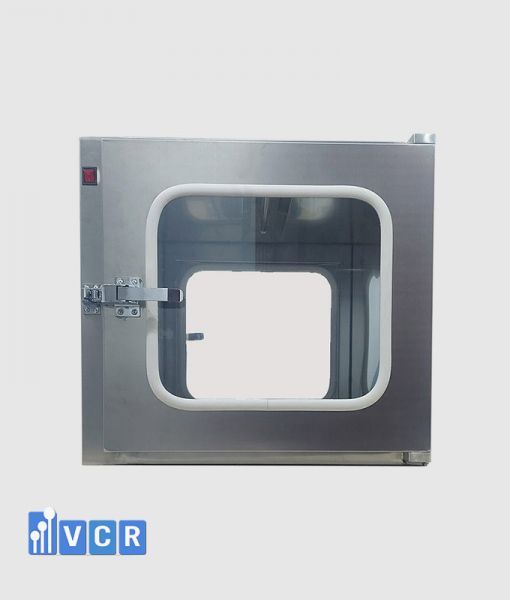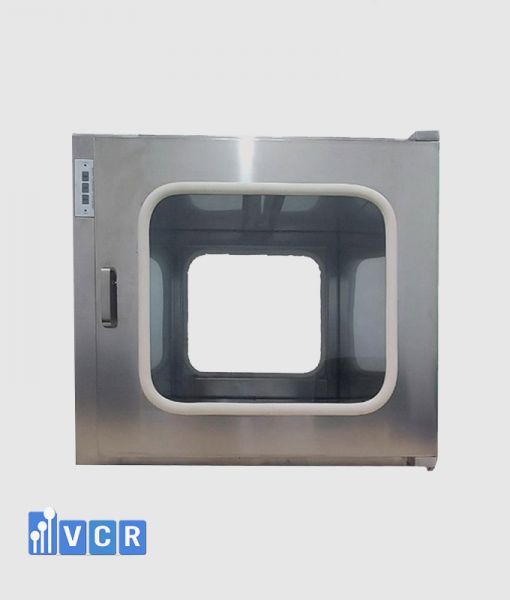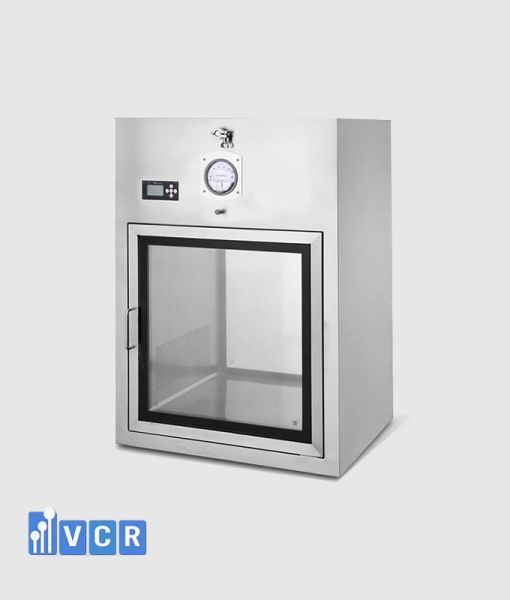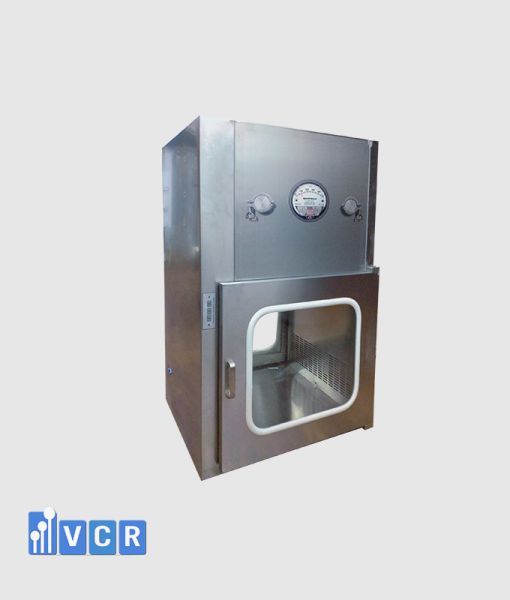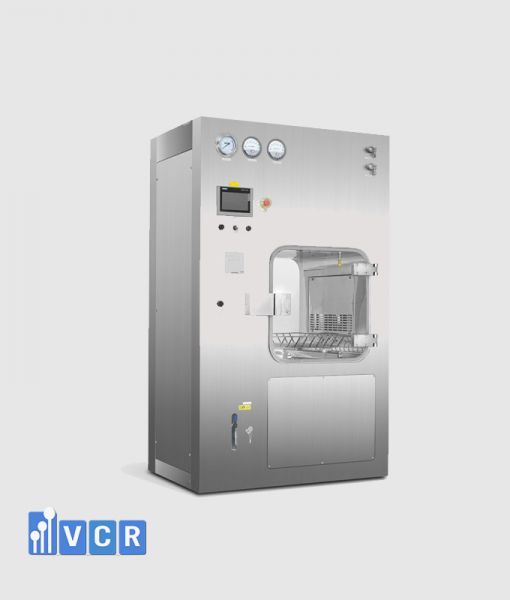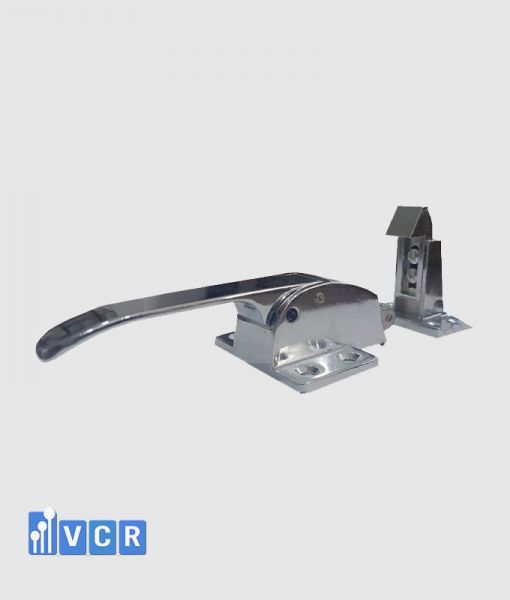In the meticulous world of cleanrooms, safeguarding sterile environments is paramount. Enter the dynamic pass box, a silent sentinel ensuring safe material transfer between zones of varying cleanliness.
- 1. Dynamic vs. Static Pass Boxes: Unveiling the Key Difference
- 2. Decoding the Differential Pressure Gauge: A Sentinel of Filter Health
- 3. Recognizing the Need for HEPA Filter Replacement: A Matter of Pressure
- 4. Replacing the HEPA Filter: A Step-by-Step Guide by VCR
- 5. Interlocked Operations: Why Doors Remain Closed During Fan Activity
Yet, questions surrounding its operation and maintenance often cloud understanding. Fear not! VCR, your trusted cleanroom partner, sheds light on these queries with expert insights into the top 5 frequently asked questions about dynamic pass boxes:
1. Dynamic vs. Static Pass Boxes: Unveiling the Key Difference
The fundamental distinction lies in self-cleaning: dynamic pass boxes boast an intrinsic filtration system, actively purging contaminants. Static counterparts, devoid of filters, rely solely on an airlock mechanism for basic control. Additionally, dynamic models feature differential pressure gauges for filter monitoring and motor blowers for enhanced dust removal.
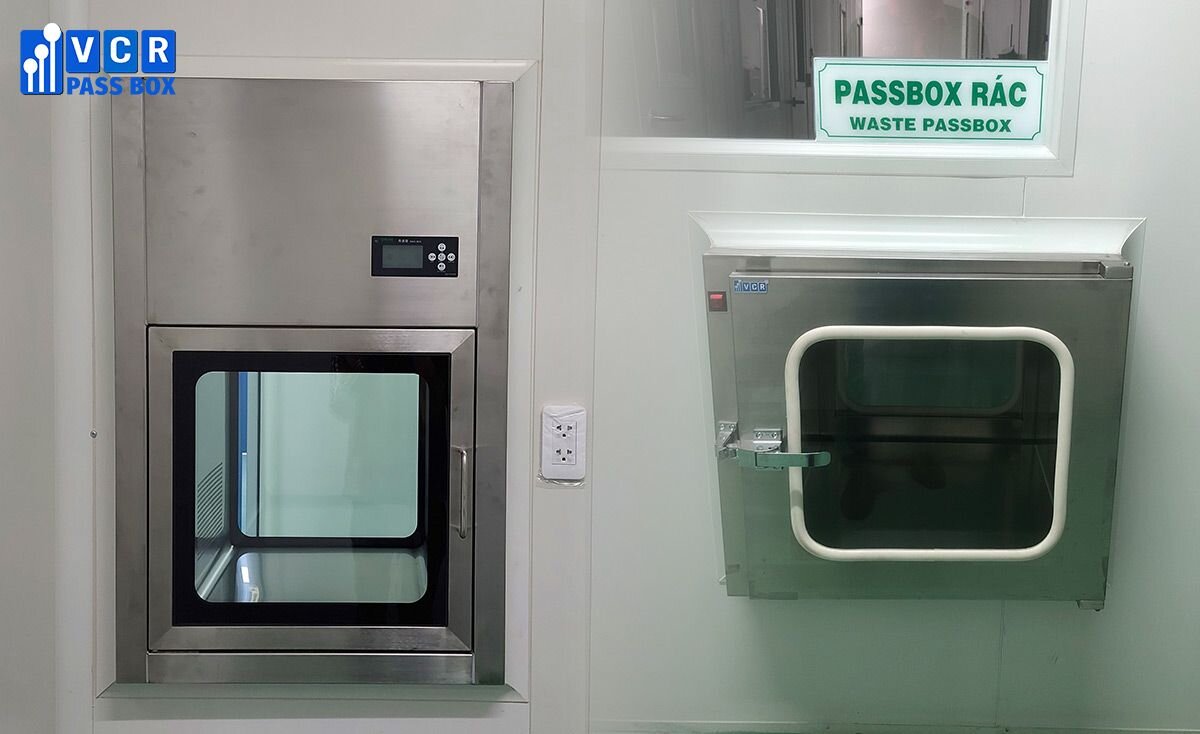
2. Decoding the Differential Pressure Gauge: A Sentinel of Filter Health
This gauge monitors the pressure drop across the HEPA filter, essentially reflecting its clogging status. As contaminants accumulate, pressure drop increases, signaling impending filter replacement. This early alert ensures optimal performance and cleanroom integrity.
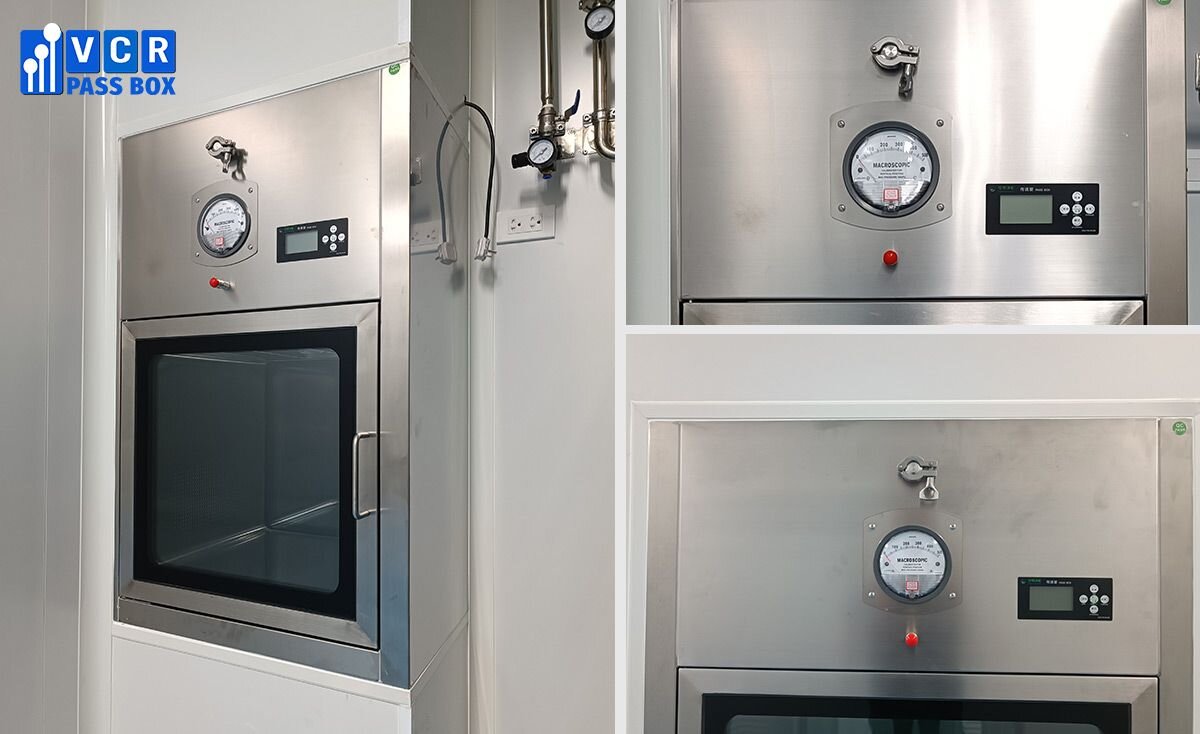
See more: Functions of dynamic pass box
3. Recognizing the Need for HEPA Filter Replacement: A Matter of Pressure
Each filter boasts a predetermined final pressure drop, marking the threshold for replacement. Manufacturers specify this value, empowering you to track filter performance with the provided gauge. Typically, replacement is due around 250-450 Pa, justifying the gauge's measuring range.
See more: Optimal operation dynamic pass box
4. Replacing the HEPA Filter: A Step-by-Step Guide by VCR
Safety first! Always shut down the pass box before commencing the procedure. Handle the new filter with utmost care, avoiding direct contact with the filter paper to prevent damage. Visual inspection for leaks before installation is crucial. Subsequently, remove the existing filter and clean the holder before installing the new one, ensuring proper alignment with airflow direction.
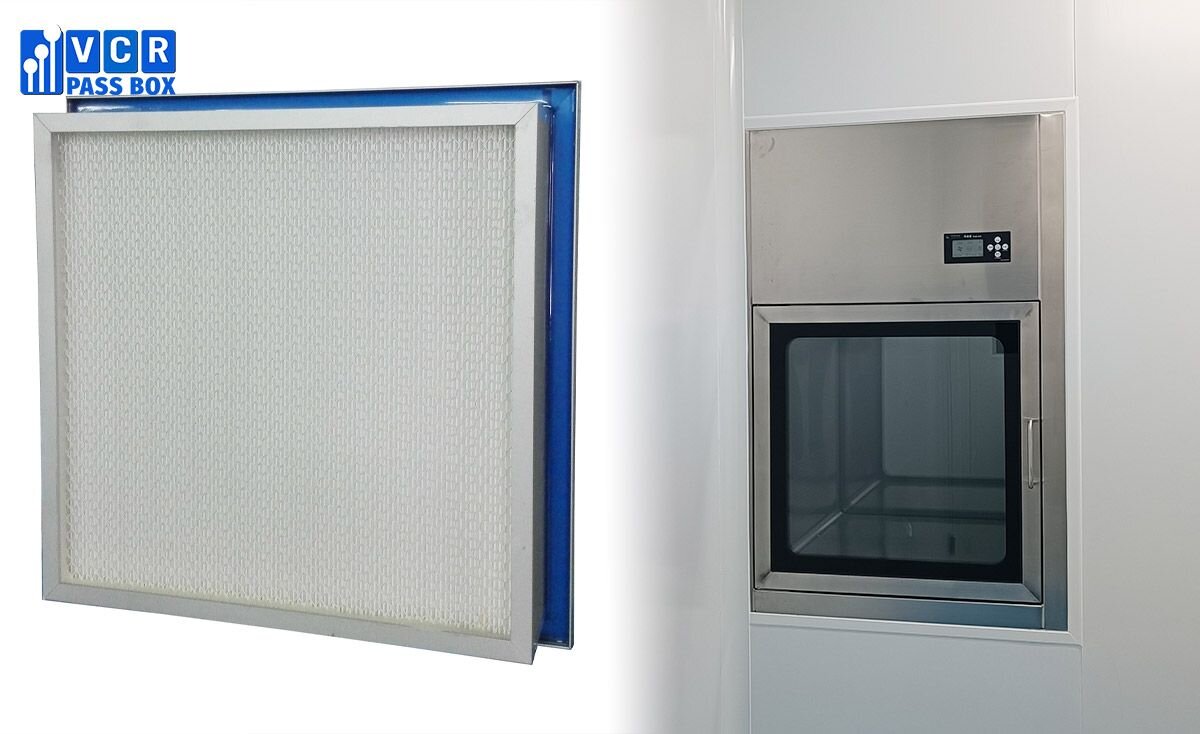
See more: Replacing filter for pass box
5. Interlocked Operations: Why Doors Remain Closed During Fan Activity
Dynamic pass boxes employ a two-door interlock system. This ingenious mechanism prevents simultaneous door opening, guaranteeing airflow containment and minimizing cross-contamination risks. The fan's operation keeps both doors automatically locked, ensuring safe and controlled material transfer.




